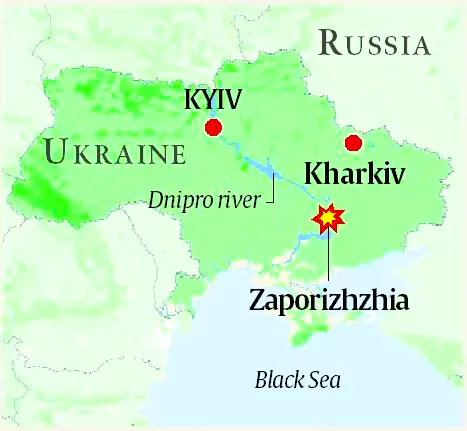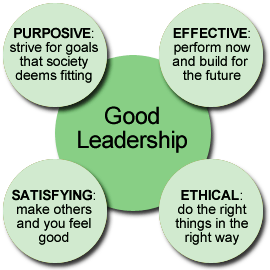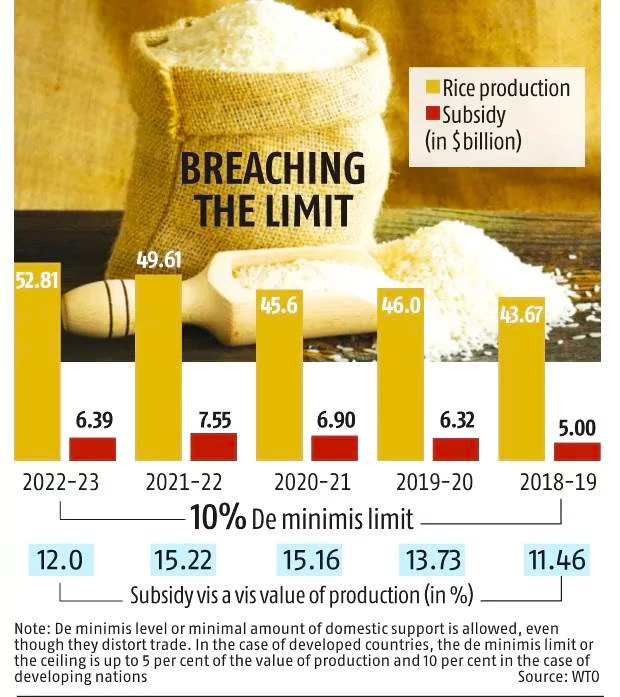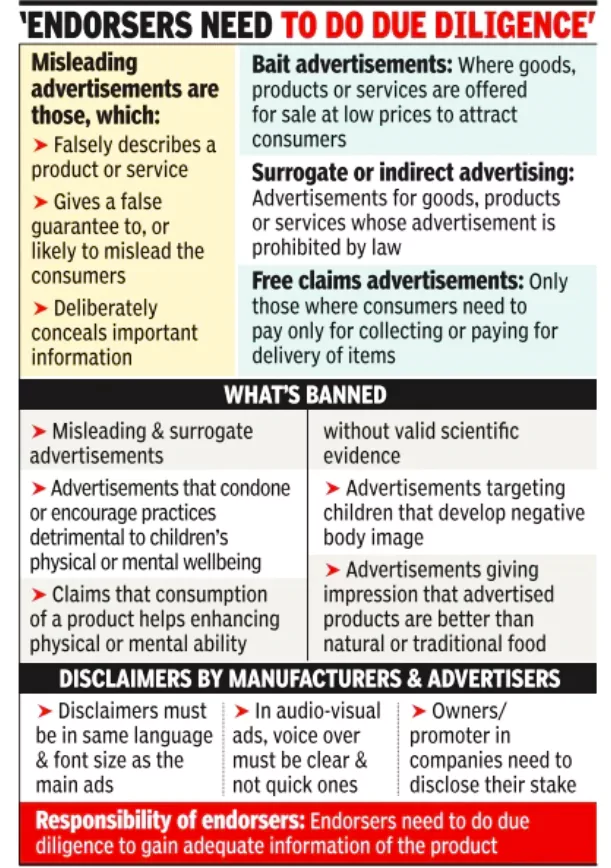The Government has appointed Manoj Panda, former director at the Institute of Economic Growth as the full time member of the 16th Finance Commission.
Finance CommissionAbout: The first Finance Commission was set up in 1951.
Core Responsibility:
Working: It is characterized by consultations with all levels of government, thus strengthening the principle of cooperative federalism. Composition: It consists of a chairman and 4 other members to be appointed by the President. Nature of Recommendations: Advisory in nature, not binding on the government. Qualifications: The Parliament has given the following specifications for appointing the members. The chairman must have experience in public affairs while the other four members should be selected from amongst the following criteria:
|
|---|
| Must Read | |
| NCERT Notes For UPSC | UPSC Daily Current Affairs |
| UPSC Blogs | UPSC Daily Editorials |
| Daily Current Affairs Quiz | Daily Main Answer Writing |
| UPSC Mains Previous Year Papers | UPSC Test Series 2024 |
The Centre has decided to shrink the land under the jurisdiction of 10 key cantonment boards across five states and put them under the state local bodies.
|
Categories of Cantonment Board: |
|||
| Category I: populations above 50,000. | Category II: between 10,000 and 50,000. | Category III: between 2,500 and 10,000. | Category IV: populations below 2,500. |
| Must Read | |
| NCERT Notes For UPSC | UPSC Daily Current Affairs |
| UPSC Blogs | UPSC Daily Editorials |
| Daily Current Affairs Quiz | Daily Main Answer Writing |
| UPSC Mains Previous Year Papers | UPSC Test Series 2024 |
The Zaporizhzhia Nuclear Power Plant (ZNPP) in Ukraine was damaged recently in a drone attack.

| Must Read | |
| NCERT Notes For UPSC | UPSC Daily Current Affairs |
| UPSC Blogs | UPSC Daily Editorials |
| Daily Current Affairs Quiz | Daily Main Answer Writing |
| UPSC Mains Previous Year Papers | UPSC Test Series 2024 |
Vice-President of India in his address at the 6th Convocation Ceremony of the Indian Institute of Management (IIM) Bodh Gaya talked about the importance of ethical leadership.
Key Points of the Address
|
|---|

Chanakya On Ethics In Leadership:
|
|---|
Case Study: Johnson & Johnson’s Tylenol Crisis: A Model of Ethical Leadership
|
|---|
| Must Read | |
| NCERT Notes For UPSC | UPSC Daily Current Affairs |
| UPSC Blogs | UPSC Daily Editorials |
| Daily Current Affairs Quiz | Daily Main Answer Writing |
| UPSC Mains Previous Year Papers | UPSC Test Series 2024 |
|
|---|
Junk DNA
|
|---|
| Must Read | |
| NCERT Notes For UPSC | UPSC Daily Current Affairs |
| UPSC Blogs | UPSC Daily Editorials |
| Daily Current Affairs Quiz | Daily Main Answer Writing |
| UPSC Mains Previous Year Papers | UPSC Test Series 2024 |
India has invoked the peace clause at the World Trade Organization (WTO) for the fifth consecutive time for the marketing year 2022-23 due to breaching the prescribed subsidy limit for rice offered to its farmers.

| Must Read | |
| NCERT Notes For UPSC | UPSC Daily Current Affairs |
| UPSC Blogs | UPSC Daily Editorials |
| Daily Current Affairs Quiz | Daily Main Answer Writing |
| UPSC Mains Previous Year Papers | UPSC Test Series 2024 |
Recently, the Supreme Court prohibited Patanjali Ayurved Ltd from issuing false advertisements about the medical efficacy of its products and issued contempt notices to the business for breaking a prior promise.
The Consumer Protection Act of 2019 defines a misleading advertisement for any goods or service as one that:
What does the Magic Remedies Act entail?
|
|---|

| Must Read | |
| NCERT Notes For UPSC | UPSC Daily Current Affairs |
| UPSC Blogs | UPSC Daily Editorials |
| Daily Current Affairs Quiz | Daily Main Answer Writing |
| UPSC Mains Previous Year Papers | UPSC Test Series 2024 |
The Indian Army has initiated the induction of control and reporting systems under ‘Project Akashteer’ to bolster its air defence capabilities.
| Must Read | |
| NCERT Notes For UPSC | UPSC Daily Current Affairs |
| UPSC Blogs | UPSC Daily Editorials |
| Daily Current Affairs Quiz | Daily Main Answer Writing |
| UPSC Mains Previous Year Papers | UPSC Test Series 2024 |
The Supreme Court has cautioned the Union government against engaging in a “contest” with drought-hit Karnataka over its request for drought relief.
Centre Role in Disaster Relief Funds Distribution to States
During 2021, as per the recommendation of 15th Finance Commission, two more mitigation funds were set up at National and State level.
|
|---|
The Supreme Court of India holds a vital position as the highest judicial authority in the country.
| Must Read | |
| NCERT Notes For UPSC | UPSC Daily Current Affairs |
| UPSC Blogs | UPSC Daily Editorials |
| Daily Current Affairs Quiz | Daily Main Answer Writing |
| UPSC Mains Previous Year Papers | UPSC Test Series 2024 |
The President of India greeted fellow citizens on the eve of Chaitra Sukladi, Ugadi, Gudi Padwa, Cheti Chand, Navreh and Sajibu Cheiraoba.
List of Indian New Year festivals;
|
Festival |
Features |
| Chaitra Sukladi |
|
| Ugadi |
|
| Gudi Padwa |
|
| Cheti Chand |
|
| Navreh |
|
| Sajibu Cheiraoba |
|
| Must Read | |
| NCERT Notes For UPSC | UPSC Daily Current Affairs |
| UPSC Blogs | UPSC Daily Editorials |
| Daily Current Affairs Quiz | Daily Main Answer Writing |
| UPSC Mains Previous Year Papers | UPSC Test Series 2024 |
Recently, the Supreme Court of India historically stated that people have a right to be free from the adverse effects of climate change recognised by Articles 14 and 21 of the Indian Constitution.
| Relevancy for Prelims: SUPREME COURT, Environment & Ecology, Fundamental Rights (Article 12-35) , M C Mehta v Union of India (1987), Climate Change In India, Climate Change & Mitigation Strategies, Protected Areas, Biosphere Reserve, National Park, Wildlife Conservation In India, and Great Indian Bustard.
Relevancy for Mains: Right To be Free from Adverse Effects of Climate Change- About, Need and Significance. |
|---|
Measures Taken to Protect Human Rights Against Climate Change
|
|---|
Earlier Interpretation and Expansion of the Scope of Article 21
|
|---|
Recognition by the Supreme Court of India of the right to be free from the adverse effects of climate change within the purview of constitutional fundamental rights paves the way for legal accountability of actions that undermine meeting climate targets. This case significantly influences jurisprudence on climate governance in India.
| Prelims PYQ (2023):
Consider the following statements: Statement-I: Carbon markets are likely to be one of the most widespread tools in the fight against climate change. Statement-II: Carbon markets transfer resources from the private sector to the State. Which one of the following is correct in respect of the above statements? (a) Both Statement-I and Statement-II are correct and StatementII is the correct explanation for Statement-I (b) Both Statement-I and Statement-II are correct and StatementII is not the correct explanation for Statement-I (c) Statement-I is correct but StatementII is incorrect (d) Statement-I is incorrect but Statement-II is correct. Ans: (a) |
|---|
| Must Read | |
| NCERT Notes For UPSC | UPSC Daily Current Affairs |
| UPSC Blogs | UPSC Daily Editorials |
| Daily Current Affairs Quiz | Daily Main Answer Writing |
| UPSC Mains Previous Year Papers | UPSC Test Series 2024 |
<div class="new-fform">
</div>
